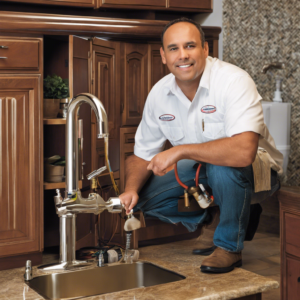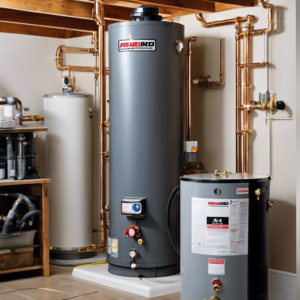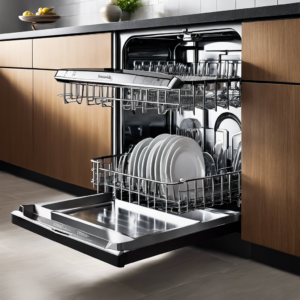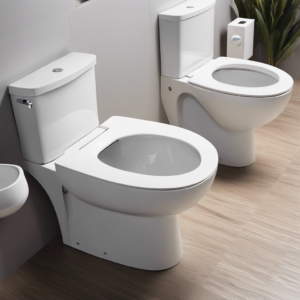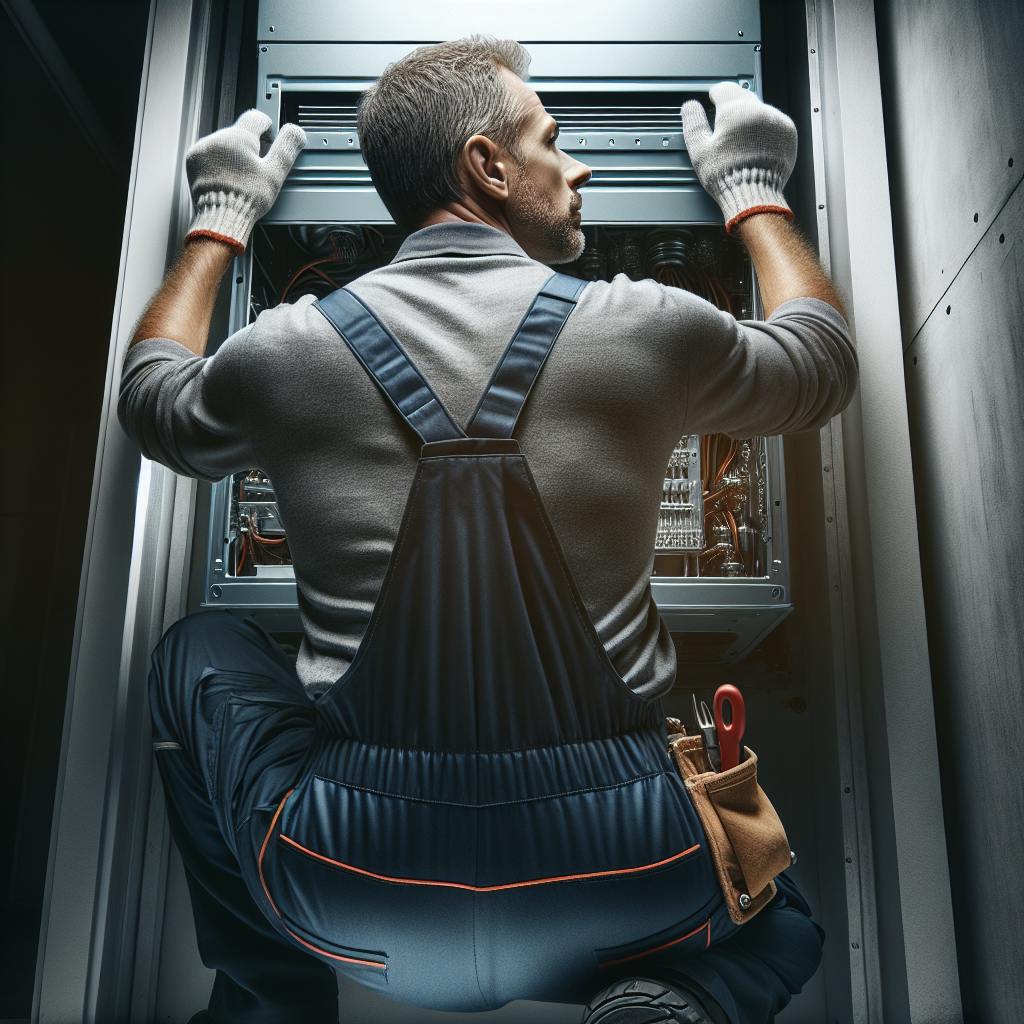

As the year 2024 approaches, it’s important to stay informed about the latest costs and trends in home improvement. One significant aspect to consider is the installation cost of a new furnace. Whether you’re looking to upgrade to electric, natural gas, propane, or oil, understanding the expenses involved is essential in planning your budget. In this blog post, we will delve into the expected furnace installation costs for 2024, providing you with valuable insights to help you make informed decisions about your home’s heating system.
The cost of installing a furnace can vary greatly depending on several factors. The first factor is the type of furnace you choose. There are several types of furnaces, including gas, electric, and oil, and each one has a different installation cost. The second factor is the size of your home. The larger the home, the more powerful furnace you will need, which can increase the installation cost. Other factors that can influence the installation cost include the location of your home, the complexity of the installation, and the type of ductwork needed. Additionally, the brand and energy efficiency rating of the furnace can also impact the installation cost. It is essential to consult with a professional to determine the best furnace for your home and get an accurate estimate of the installation cost.
The average cost of furnace installation can vary depending on the type of furnace you choose. A traditional gas furnace can cost between $2,500 and $7,500, while an electric furnace can cost between $1,500 and $6,500. Oil furnaces can range from $4,000 to $10,000, and a heat pump can cost between $5,000 and $8,000. The cost of installation also depends on the size of your home, the complexity of the installation, and any additional features or upgrades you choose. It is important to get quotes from multiple contractors to compare prices and ensure you are getting the best deal. Keep in mind that while a more expensive furnace may have a higher upfront cost, it may also have better energy efficiency, which can save you money in the long run on your energy bills. It is also important to factor in the cost of annual maintenance and potential repairs when considering the overall cost of furnace installation.
When installing a new furnace, there are several additional costs to consider beyond the initial price of the furnace itself. These costs can include the installation fee, which can vary depending on the complexity of the installation and the contractor’s rates. It is recommended to get quotes from multiple contractors to compare prices and services. Another cost to consider is any necessary upgrades to your home’s electrical or ventilation systems to accommodate the new furnace. This can include adding new ductwork, upgrading your electrical panel, or installing a new thermostat. Additionally, you may need to purchase additional equipment such as a new air filter or humidifier to ensure the proper functioning of your new furnace. It is also important to factor in the cost of any necessary permits and inspections required by your local government. These costs can vary depending on where you live, so it’s essential to research and budget for them accordingly. Overall, it’s important to consider all of these additional costs when planning for a furnace installation to ensure you have a clear understanding of the total cost.
Furnace installation can be a costly project, but there are ways to save money without sacrificing quality. Here are some tips to help you save on furnace installation: 1. Shop around for the best deal: It’s always a good idea to get quotes from multiple contractors to compare prices and services. Don’t just go with the first contractor you find, do your research and find the best deal. 2. Consider energy-efficient options: Investing in an energy-efficient furnace may cost more upfront, but it will save you money in the long run on your energy bills. Look for furnaces with high AFUE (Annual Fuel Utilization Efficiency) ratings. 3. Take advantage of rebates and incentives: Many utility companies offer rebates and incentives for installing energy-efficient furnaces. Check with your local utility company to see what options are available to you. 4. DIY where you can: If you have some experience with home improvement, you may be able to save money by doing some of the installation work yourself. However, be cautious and make sure you are comfortable with the task at hand before attempting it.
Furnace installation can be a significant expense for homeowners, but it is a necessary one to ensure a comfortable and warm home during the colder months. By understanding the cost of furnace installation, you can budget and make informed decisions when it comes to upgrading your heating system. The cost of furnace installation varies depending on several factors, such as the type of furnace, the size of your home, and the complexity of the installation. It is essential to research and compare different furnace options to find the one that best fits your budget and needs. Additionally, you can often save money by hiring a reputable and experienced HVAC company to install your furnace. They can provide expert advice and ensure that the installation is done correctly, saving you money on potential repairs in the future. By understanding the cost of furnace installation, you can make a well-informed decision and invest in a heating system that will keep your home warm and comfortable for years to come. Replacing a furnace can be a significant expense for any homeowner. However, understanding the cost of furnace installation can help you budget and make informed decisions when it comes to upgrading your heating system. The total cost of furnace installation will depend on several factors, including the type of furnace, the size of your home, and the complexity of the installation process. It is essential to do your research and get multiple quotes from reputable HVAC companies before making a decision. You should also consider the long-term savings that a new, more efficient furnace can provide in terms of energy costs. Additionally, don’t forget to factor in the cost of maintenance and any potential rebates or incentives that may be available. By understanding the cost of furnace installation and carefully considering all of your options, you can make a smart and cost-effective decision for your home’s heating needs.
FAQS
1. The time it takes to install a heating system, specifically a furnace, in a house can vary depending on several factors. These factors include the size and complexity of the system, the condition of the existing infrastructure, and the experience and efficiency of the installation team. On average, a furnace installation can take anywhere from a few hours to a couple of days.
When considering the labor cost for furnace installation, it is important to note that pricing can vary based on geographic location, the specific contractor hired, and any additional services required. However, the average labor cost to install a furnace ranges between $1,500 and $5,000, with the national average being around $3,500.
It is crucial to understand that labor costs may not be the only expense associated with furnace installation. Additional costs may include the price of the furnace itself, any necessary permits, materials, and potential modifications to existing infrastructure. It is recommended to consult with multiple contractors and obtain detailed quotes to accurately assess the total cost of a furnace installation project.
To ensure a smooth and efficient installation process, it is advisable to hire a reputable and licensed HVAC contractor. They will have the necessary expertise to assess your heating needs, recommend an appropriate furnace size and efficiency rating, and install the system correctly. Ensure that the contractor provides a detailed breakdown of the labor and material costs, warranty information, and any maintenance services included.
By considering these factors and obtaining multiple quotes, you can make an informed decision regarding your furnace installation project and ensure that the installation is completed within a reasonable timeframe and cost.
2. The average labor cost to install a furnace can vary depending on several factors, including the size and complexity of the heating system, the location of the house, and the skill level of the HVAC contractor. Generally, the labor cost for a furnace installation can range from $1,000 to $5,000.
In terms of the time it takes to install a heating system in a house, the duration can also vary based on various factors. On average, a standard furnace installation can take anywhere from 6 to 10 hours. However, this estimate can change based on the specific circumstances of the installation, such as the accessibility of the installation area, any necessary modifications to the existing ductwork or electrical systems, and the type of heating system being installed (e.g., gas, electric, oil).
It’s important to note that a professional HVAC contractor will typically conduct a thorough assessment of the house and its heating needs before providing an accurate estimate of the labor cost and installation time. This assessment will help determine any additional requirements or potential challenges that may affect the installation process.
Additionally, it is recommended to choose a reputable and experienced HVAC contractor who is licensed and insured. This ensures that the installation is done correctly and up to code, providing optimal performance and efficiency.
3. The time it takes to install a heating system or furnace in a house can vary depending on several factors. These factors include the size and complexity of the system, the condition of the existing infrastructure, and the experience of the installation team. On average, a furnace installation can take anywhere from a few hours to a couple of days.
The labor cost for furnace installation can also vary depending on the region, the contractor, and the specific requirements of the project. It is recommended to obtain multiple quotes from reputable contractors in your area to get an accurate estimate of the labor cost.
The average labor cost for furnace installation typically includes the removal of the old furnace (if applicable), setting up the new system, connecting it to the existing ductwork, and testing it for proper functionality. Additional costs may be incurred if any modifications or upgrades are needed to the ductwork or other components of the heating system.
It is important to note that the labor cost is just one part of the overall furnace installation cost. Other factors such as the cost of the furnace unit itself, any additional materials or parts required, and any necessary permits or inspections should also be considered when budgeting for a furnace installation.
To get a more accurate estimate for your specific project, it is best to consult with a licensed HVAC contractor who can assess your needs and provide a detailed breakdown of the costs involved. They will be able to evaluate the size of your home, the heating requirements, and any additional factors that may affect the installation process and cost.
4. The time it takes to install a heating system in a house can vary depending on various factors such as the size of the house, the complexity of the installation, and the type of heating system being installed. On average, a furnace installation can take anywhere from a few hours to a few days.
The labor cost to install a furnace can also vary depending on factors like the location, the contractor’s expertise, and any additional services required. Generally, the average labor cost for a furnace installation ranges from $1,500 to $5,000. However, it’s important to note that this cost can significantly vary based on the aforementioned factors.
To get a more accurate estimate for your specific situation, it is recommended to contact multiple HVAC contractors in your area and request quotes for the installation. They will usually assess your home, consider your heating needs, and provide you with a more tailored estimate.
Keep in mind that while cost is an important factor, it’s also crucial to choose a reputable and experienced contractor to ensure a proper and efficient installation. Research customer reviews, ask for recommendations, and verify the credentials and licenses of the contractors you are considering before making a final decision.
